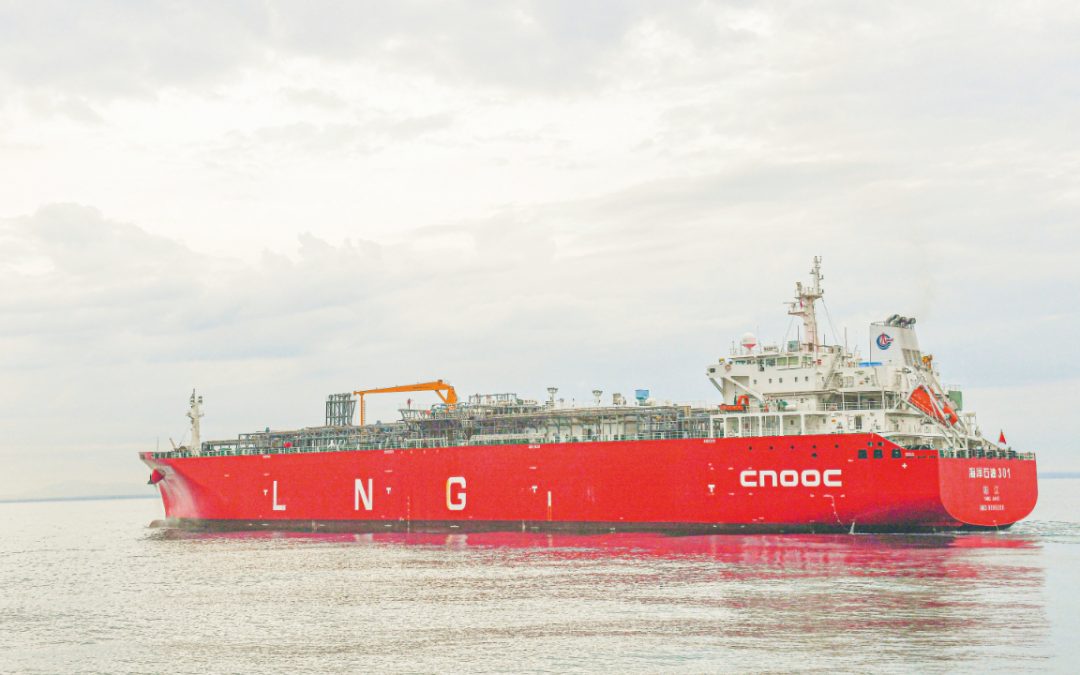The LNG/Hydrogen-fuelled vessel general arrangement developed by SWS is based on the result of a joint project with Marin, the Liberia Administration, Wartsila, ABB, Helbio and RINA, which will meet the IMO targets for 2050 through the use of the ship’s fuel LNG combined with hydrogen produced onboard.
“Following the AiP of an MR tanker, earlier this year, using the same solution to produce hydrogen on board, this vessel features a new approach to the design of VLCCs. It also demonstrates that the gas reforming concept can work equally well on smaller or bigger vessels, as this first AiP for a VLCC proves its application in the largest vessels,” said Giosuè Vezzuto, Executive Vice President at RINA.
“This LNG/hydrogen-fuelled design for VLCCs is modular and scalable and provides a practical solution that can adapt over time to meet increasingly stringent emission reduction targets and ensure their investment is optimized throughout the natural lifespan of the vessel. The design only requires LNG bunkering, which is widely available today.”
“We are proud to obtain the first AiP for a VLCC to meet IMO 2050. Also, the reduction of ship’s resistance is a paramount step for ships of this size, towards the primary target of reducing the energy consumption on board, and this makes it even easier to reduce GHG emissions. This is a huge step forward in decarbonisation for the global industry and for shipbuilding in China,” GAO Aihua, Deputy Director of SWS R&D Department.
The AiP to Waigaoqiao, following the MR AiP design in Europe, shows the wider acceptance of the concept by global shipyards.
Source: Seatrade Maritime News





